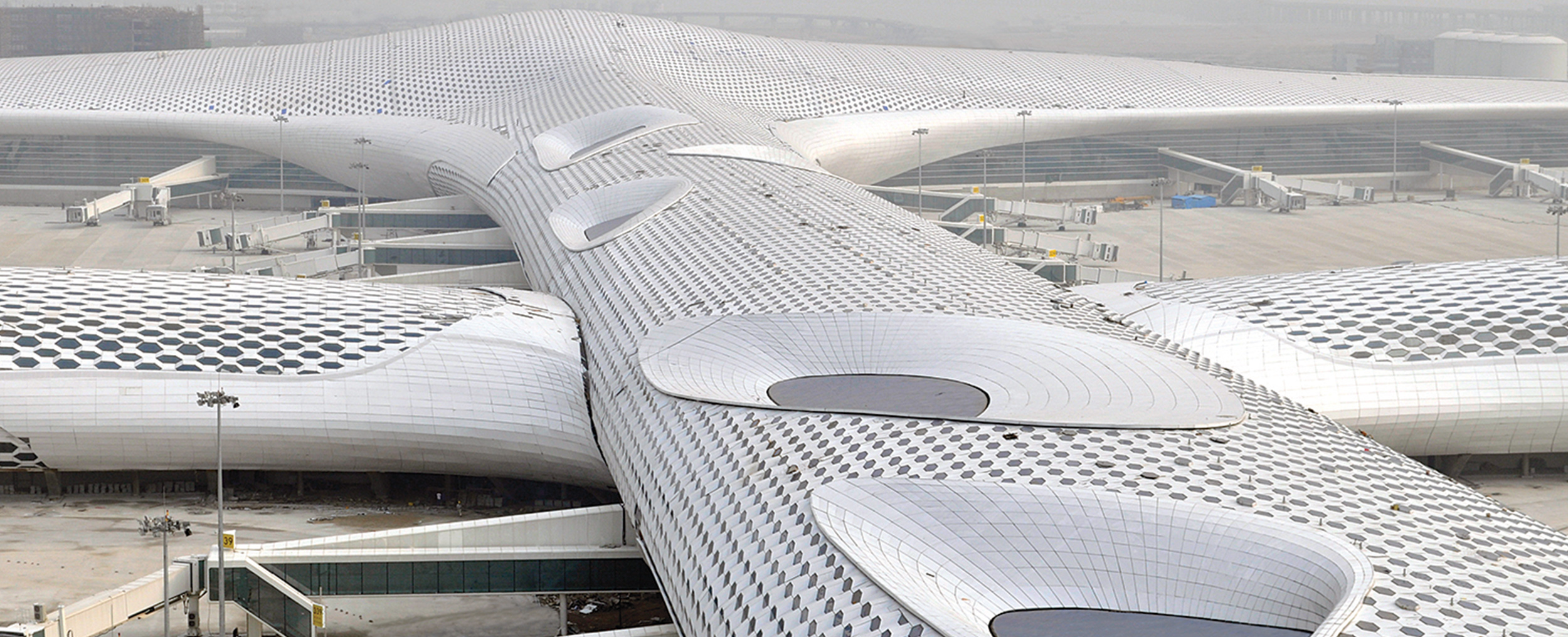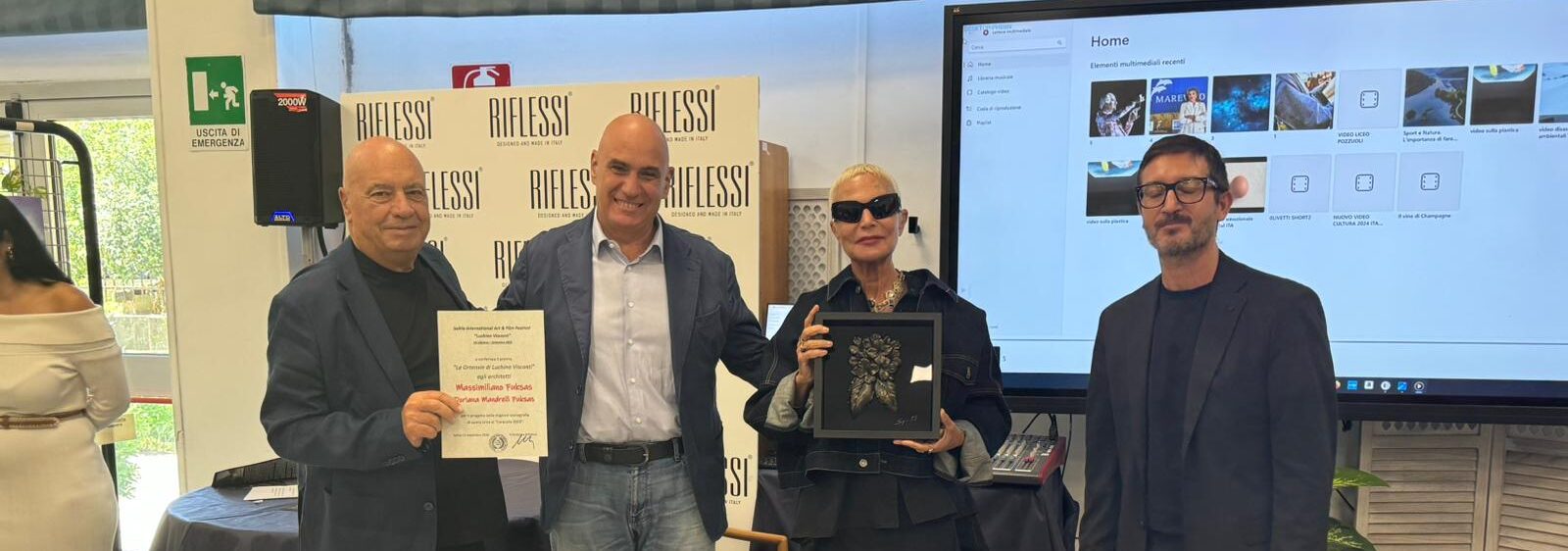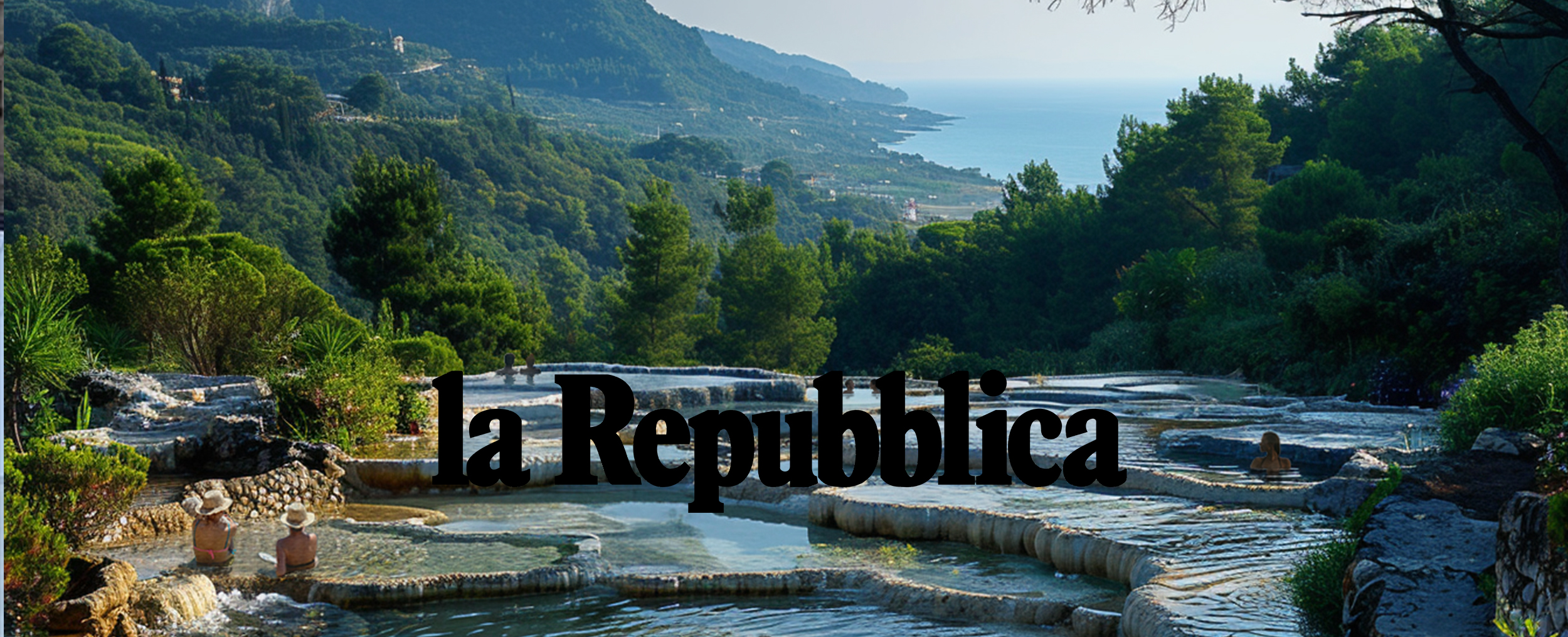
2020, May 18
Massimiliano Fuksas on “Quante Storie – Rai3” with Prof. Salvatore Settis
Massimiliano Fuksas participated in program “Quante Storie”, on Rai3, with Professor Salvatore Settis. The episode, conducted by Giorgio Zanchini, focused on a reflection on cities and urban space in the times of the great health emergency due to Covid- 19.
A musician playing in an empty Piazza Navona, the dizzying growth of population in contemporary megalopolis, a recent “beehive” building in the suburbs of Rome. These are the suggestions that open the debate between the Architect Massimiliano Fuksas and Professor Salvatore Settis, archaeologist and art historian.
Our cities have radically changed their appearance, showing themselves unusually empty, without tourists and apparently uninhabited; but the empty city can’t be defined as such since it is an inhabited space for men. Professor Salvatore Settis affirms that in this extraordinary historical context it is fundamental to rethink our cities and their “liturgies of living”.
What could we have learned from this crisis?
Massimiliano Fuksas: “The places we will inhabit will certainly be different from those we are used to inhabit. First, we have understood that we can also live by ourselves, and we have taken a moment for reflection. Cities are places for men, but in recent years cities have also taught us that they can become places of despair. Just think of Rome where 127,000 inhabitants live in the historic centre, where do the remaining almost 3 million people live? In the suburbs, which have now become the new cities. The center is often cut out from the living-suburbs becoming a place for the privileged few, also due of the dizzying increase in the Real Estate market”.
The pandemic has also made us discover how deep the inequalities are in our cities. Today the megalopolis model is undoubtedly in a crisis, we need to reflect on new urban forms, more sustainable and more open, despite the exponential population growth.
Massimiliano Fuksas presents the example of Shenzhen in China: a city that has grown enormously in recent years, with today about 12 million inhabitants, a city that is, however, very green and grew up behind a strategy.
Date
May 18, 2020
Venue
TV Program “Quante Storie”, Rai3
More events



